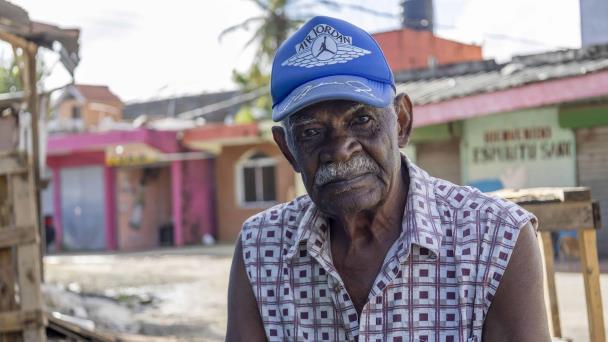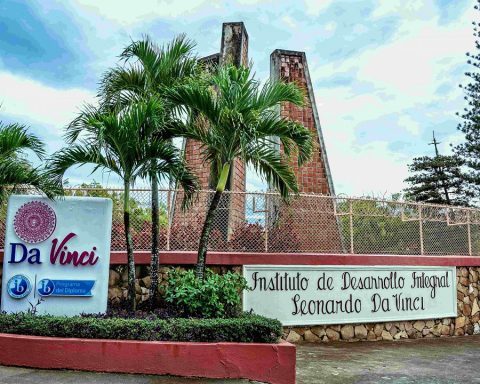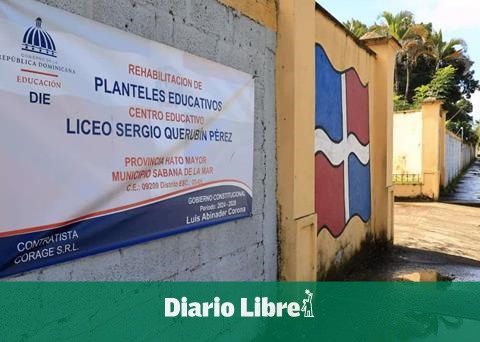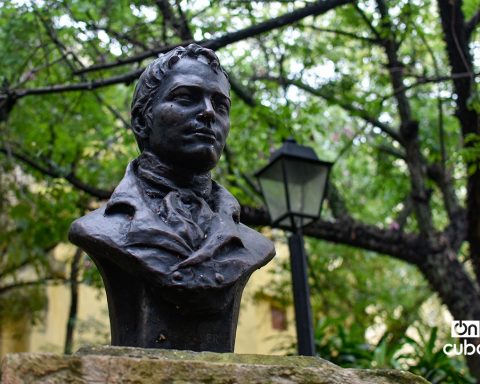Before they were the economic and labor center of the country. In each batey, the men worked from dawn to dusk chopping, transporting and treating the cane of sugar, and the women stayed at home, at least the vast majority. Today, that reality has changed; For those who lived through that time, young people are lazier and live by stories.
The Dictionary of the Spanish Language (DLE) defines batey as “in the wits and other country estates in the Antilles, places occupied by residential houses, boilers, mills, barracks, warehouses, etc.”.
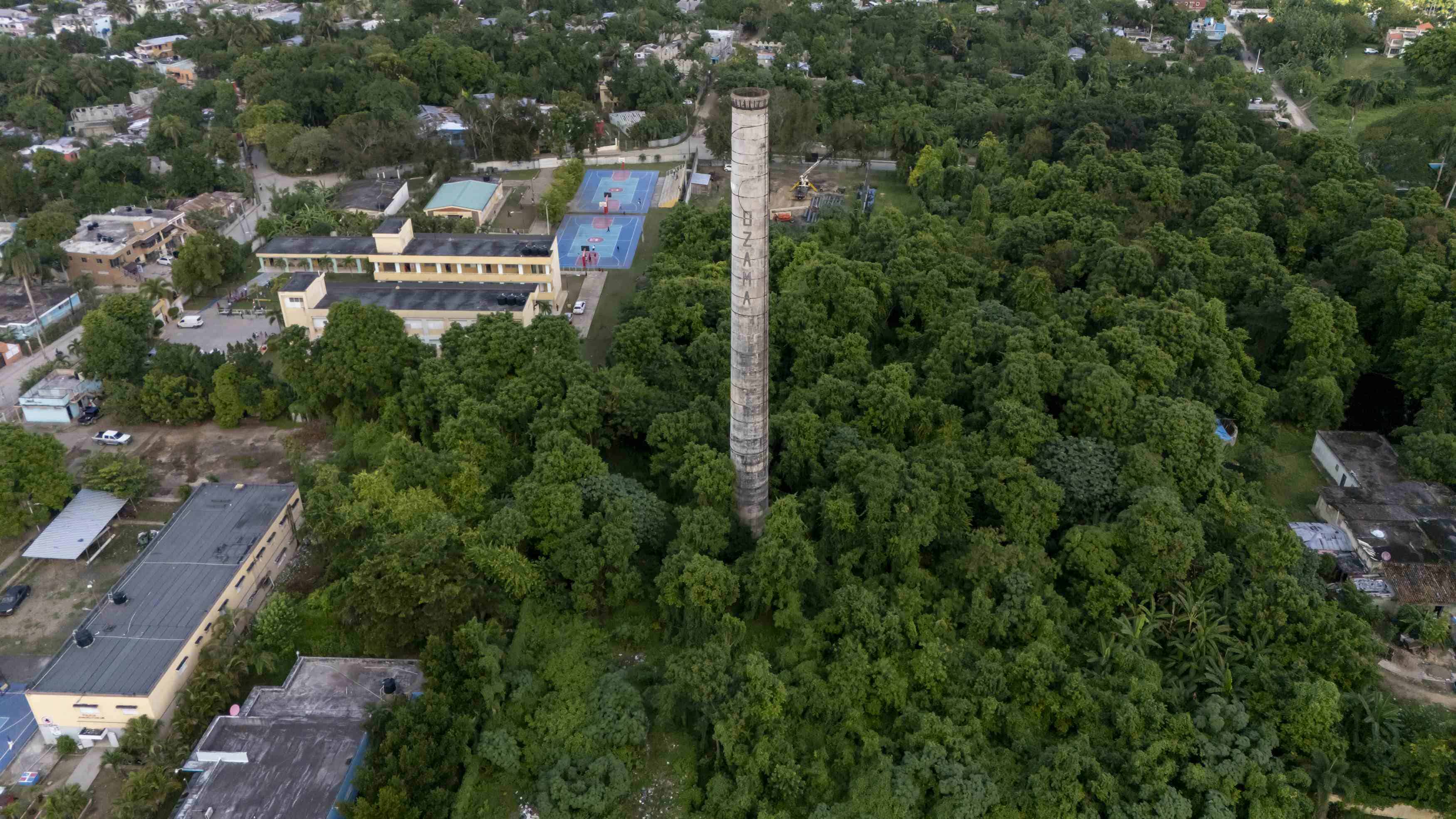
The Dictionary of Americanisms of the Association of Academies of the Spanish Language states that in the Dominican Republic it is known as “slum poor located in the sugarcane plantations”.
Free Diary took a tour of three bateyes to know his past and present: The OrangeHe Peje and Palave. In them, life is now totally different, and cane of sugar left with the departure of the wits.
Of the ‘historical present’ in Palave and the Orange to the cane fields of El Peje
What were previously fields of cane of sugar, now it is asphaltsmall businesses and the noise of the engines invades the avenues.
Some other cultivation and trailer cane they travel through its streets, as is the case of The Peje. In the others, that life that once reigned on the island is now just a memory.
![History and present of the bateyes in Santo Domingo [object HTMLTextAreaElement]](https://resources.diariolibre.com/images/2024/12/13/bateyes-el-peje-y-palave-eddy-vittini87.jpg)
The elders say that before “there was no man who did not work”, as in the case of Bartoloneighbor of Palavewho said that he began working in the cane of sugar at eight years of age.
“I started working cane at eight years old, itching; At 13 I became a carter and lasted 31 years carrying cane“he explained.
With the experience of having worked in three wits, Bartolo He said that the payments were for trips and tons. “Depending on the trips you made, they paid you 20 shillings per ton,” he said.
![History and present of the bateyes in Santo Domingo [object HTMLTextAreaElement]](https://resources.diariolibre.com/images/2024/12/13/bateyes-el-peje-y-palave-eddy-vittini05.jpg)
According to what he said, they left the home at 2 in the morning and returned at 10 at night. In addition, he reported that all the men in the batey worked out of obligation and that, therefore, about 65 guards guarded the neighborhood so that no one could “wander.”
With more than 30 years of experience working in the caneamong other works, Bartolo Compare that time with today. “There was no lazy man, there always had to be work,” he recalled.
“Now it is a disorder (…) The youth, many do not want to work, they live off the story, waiting for them to charge you a few bucks to take it away from you. They live off of crime, today it is a disorder,” he said.
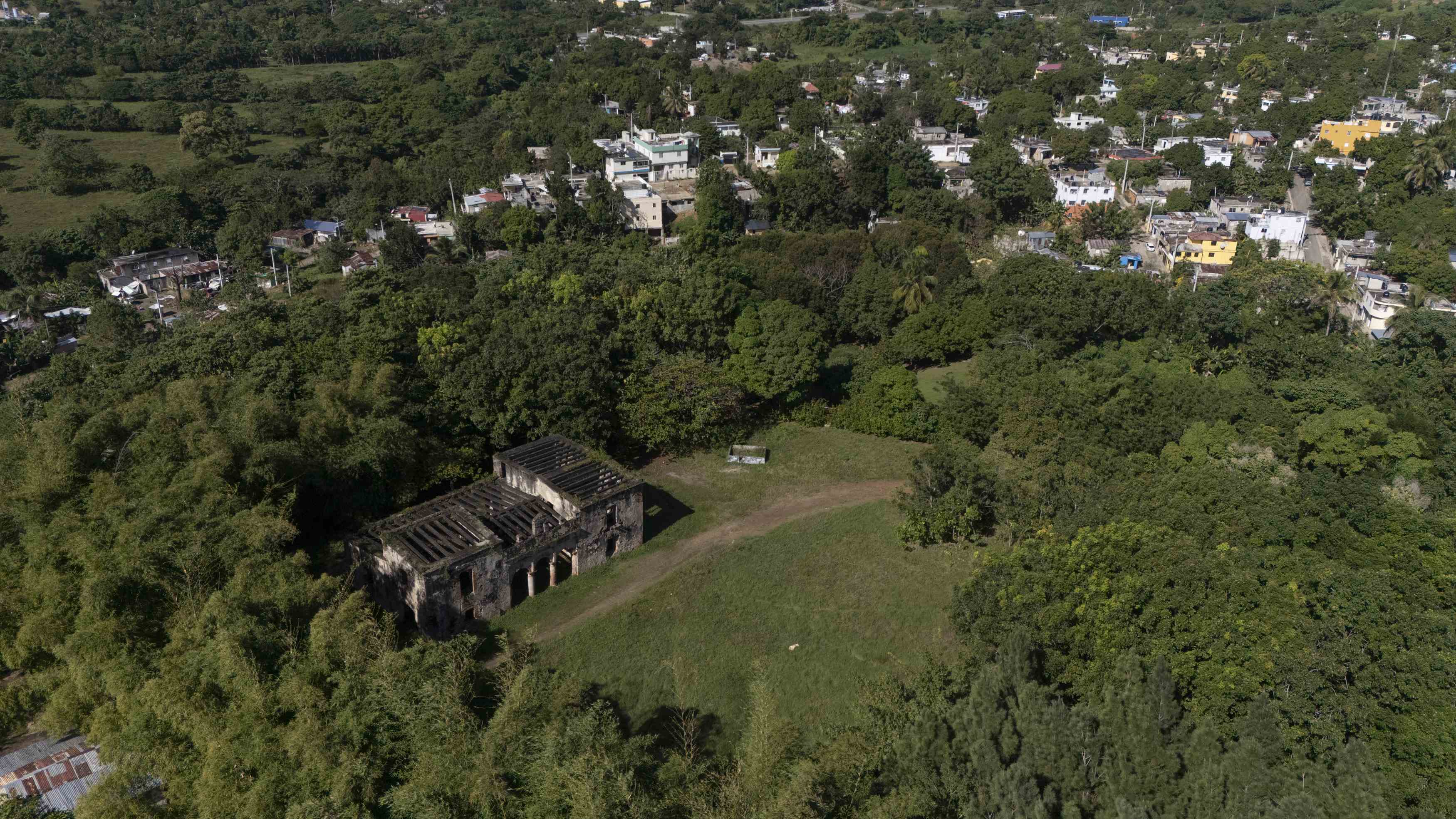
The situation in the bateyes makes it clear that it is not the same as before. The neighbors of Orange They are a clear reflection of the impoverishment of his life since the business of cane left the place.
Francisco José, 75-year-old resident of He Orangehe said, along with his neighbors, that they no longer have anything since the wit Ozama left the area. Thanks to the solidarity of the community, they manage to survive with what they have, although medical check-ups and interventions are becoming more and more burdensome, he commented.
Still, without sugar being present, He Orange It is a lively neighborhood, where those who manage it are proactive in improving the area more and more. Now, according to Francisco José, young people work in sectors such as construction.
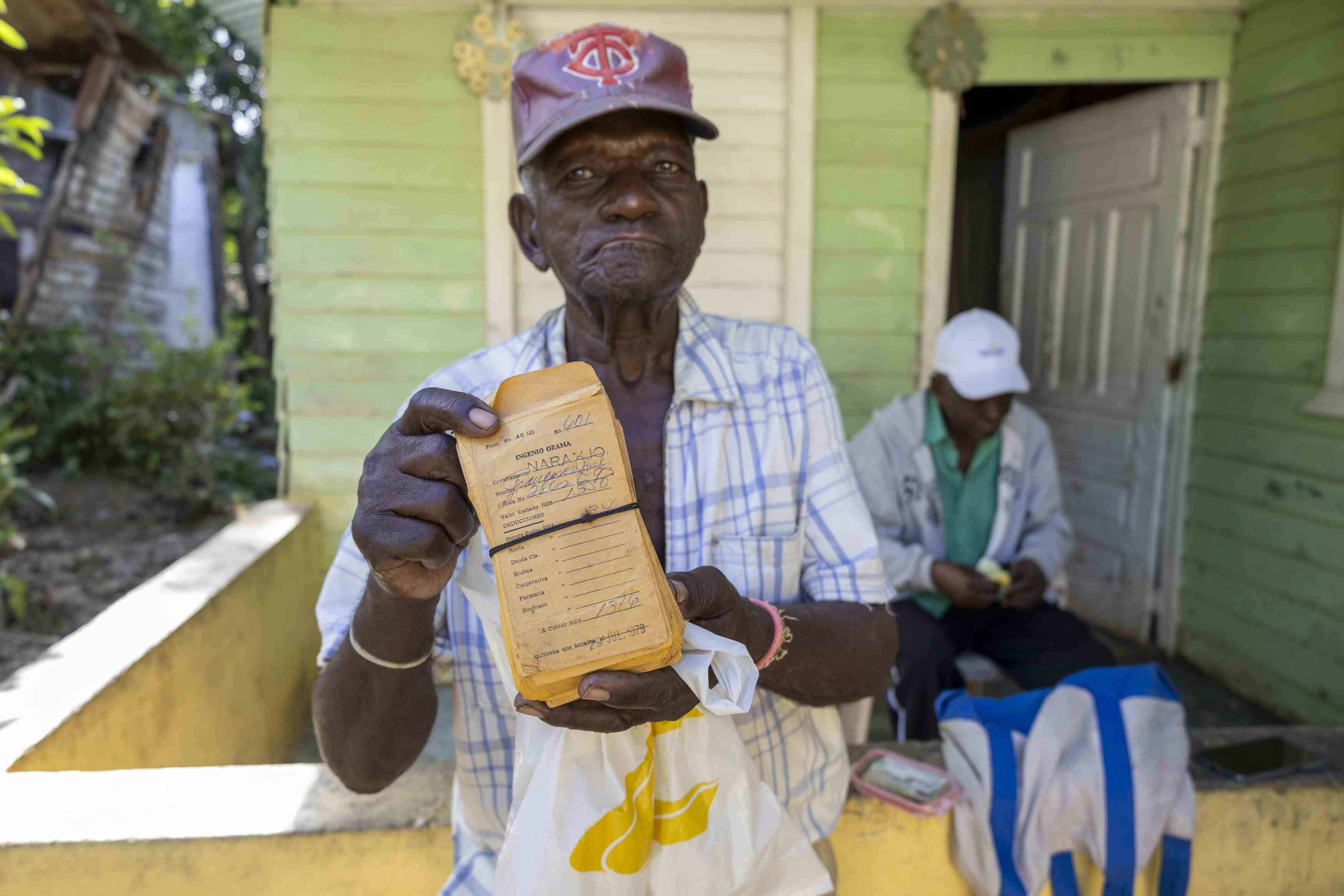
Almost in contrast, in The Peje there are still crops of cane. They were parked along the tracks. tractors and carts to transport the crop to the areas of wit.
But, just as in the others the homes and streets were more alive, here the opposite happened. Only two local residents dared to come out to tell us about their work experience in the fields.
Cultural roots
In addition to the cane fields, He Peje has the renowned carnival Cimarron. One of its residents, Ramón, known as “Buli“, is one of the ‘black‘, as he describes them, who participate in the celebration.
The tradition of Cimarron It has been present for several decades. “The origin comes from the black from Africa. We do it on Sunday of resurrection so that the children obey,” declared Ramón.
He explained that when there is a disobedient child, theblackThey “hunt” him and make him pray an Our Father and a Hail Mary.
About how to enter this group, Buli He explained that they have to pass a test. “We surround him with all of us who have been there for a while and he has to endure a couple of blows with the cane. If he leaves, he can’t get in.”
